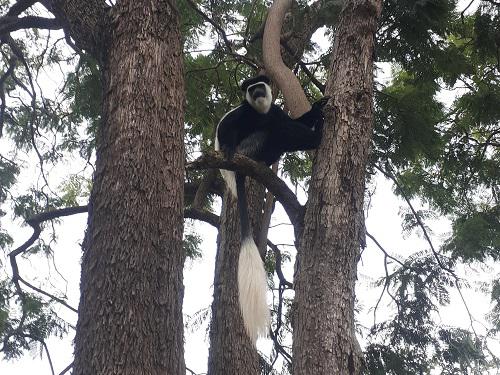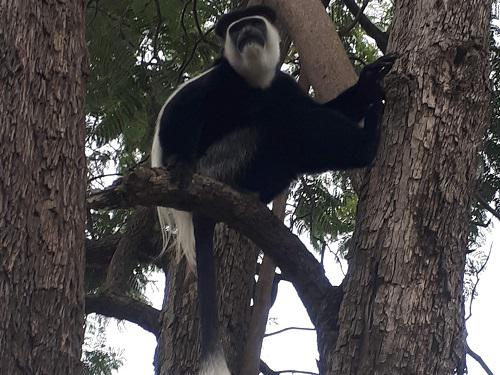Dereje Tesfaye Delkaso
Other projects
26 Feb 2015
Threatened Colobus guereza gallarum Behavioral Ecology in Ethiopia and Colobus guereza Intraspecific Divergence across its Range in African
While three-quarters of primate species are in decline, some of the primate species remain unstudied and little information is available to determine their population trend and conservation status. Colobus guereza gallarum, an endemic arboreal primate of Ethiopia is a particular example. To date C. g. gallarum recorded as data deficient by IUCN. This project aims to provide data on conservation threats and population size in selected large forest habitats which appeared to be promising conservation focal areas in the future. Such focal areas will be determined from high-resolution satellite imagery. To have insight on the forest cover changes made during the last few decades, and land cover change will be estimated by comparing the forest cover of the past and present from satellite image analysis. This project also aims to examine the extent of poaching and human – C. g. gallarum conflict by questionnaire survey.

Colobus guereza gallarum is one of the eight subspecies of the Eastern Black-and-white Colobus (Colobus guereza). While its distribution pattern remains vague, it is known to be endemic to the tropical rainforest of Ethiopia east of the Great Rift Valley. Due to high deforestation rate during the last three decades, the C.g. gallarum population is speculated to be declined (Gippolliti and Butynski, 2008).

Following extensive habitat loss, there is increasing ad hoc report for human – guereza conflict due to crop raiding and fruits damage. This study will fill the gap of knowledge on the species threats, population size, and the extent of poaching and human—C.g. gallarum conflict.
The potential suitable habitat of C.g. gallarum, tropical rainforest, will be determined from the high-resolution satellite image and population survey will be carried out extensively and supplemented by questioner survey with the local community. In the largest populations identified during the survey, populations estimates will be carried out by using transect count. Forest cover change will be determined by comparing the forest cover of the present day to the one three decades back using satellite image. Poaching and Human—C.g. gallarum conflict mainly as a result of crop raiding will be studied from a questionnaire survey.
C.g. gallarum is currently recognized as Data Deficient (Gippolliti and Butynski, 2008). This project will provide an important baseline data to increase our knowledge of the species conservation status. The forest cover change derived from this study also can be used for assessment of conservation challenges of many other mammals of Ethiopia.